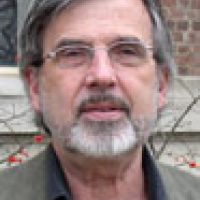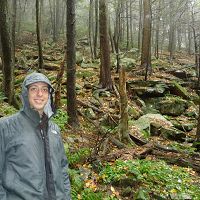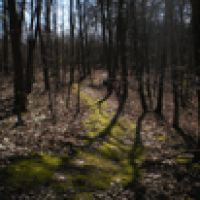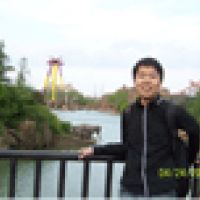Duffy et al., 2013
The Catchment Isoscape: Theory and Experimental Evidence for the Isotopic Age of Water in a Critical Zone Observatory (Invited)
Duffy, C., Thomas, E., Sullivan, P.L., Bhatt, G., Yu, X. (2013)
Abstract H41L-05 presented at 2013 Fall Meeting, AGU, San Francisco, CA, 9-13 Dec.
-
Shale Hills, INVESTIGATOR
-
Shale Hills, GRAD STUDENT
-
Calhoun, Shale Hills, INVESTIGATOR, COLLABORATOR
-
Shale Hills, COLLABORATOR, GRAD STUDENT
-
Shale Hills, GRAD STUDENT
Abstract
This paper deals with the theoretical controls for the “Age” of water in upland watershed flow systems and present comprehensive experimental evidence to support the theory using stable isotopes of and at the Susquehanna/Shale Hills Critical Zone Observatory (SSH_CZO). In this context “age” is defined as the time since water entered the watershed as precipitation. The paper first examines the theoretical basis for direct simulation of “age” for environmental tracers in the unsaturated zone subject to dynamic flow and transport processes with mobile and immobile flow considered. The theory demonstrates that the residence time and age of an environmental tracer can be directly modeled without knowledge of the form of the underlying residence time distribution function and without adding any new parameters. On the physical side, the theory is applied to the apparent rapid attenuation of event and seasonal isotopic ratios with depth in the soil at the SSH_CZO. Comparison of the age model to experimental data provides evidence for the role of macropore-matrix flow partitioning during the non-growing cold season and root uptake from the immobile store during the growing season via transpiration and evaporation. Flow path changes during storm events are also inferred by comparing the distribution of groundwater and streamflow isotope histories.
Citation
Duffy, C., Thomas, E., Sullivan, P.L., Bhatt, G., Yu, X. (2013): The Catchment Isoscape: Theory and Experimental Evidence for the Isotopic Age of Water in a Critical Zone Observatory (Invited) . Abstract H41L-05 presented at 2013 Fall Meeting, AGU, San Francisco, CA, 9-13 Dec..
 This Paper/Book acknowledges NSF CZO grant support.
This Paper/Book acknowledges NSF CZO grant support.
Explore Further





